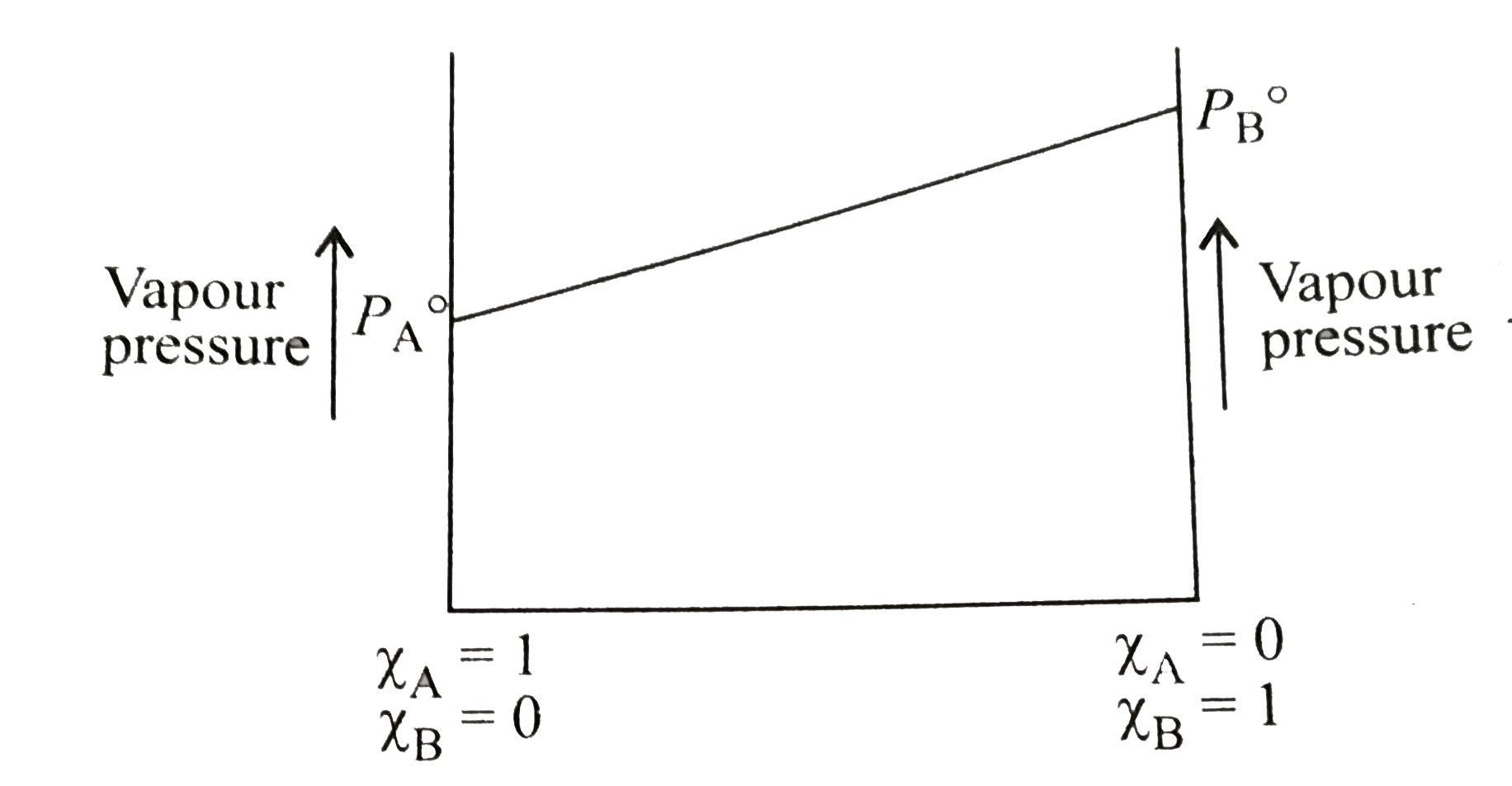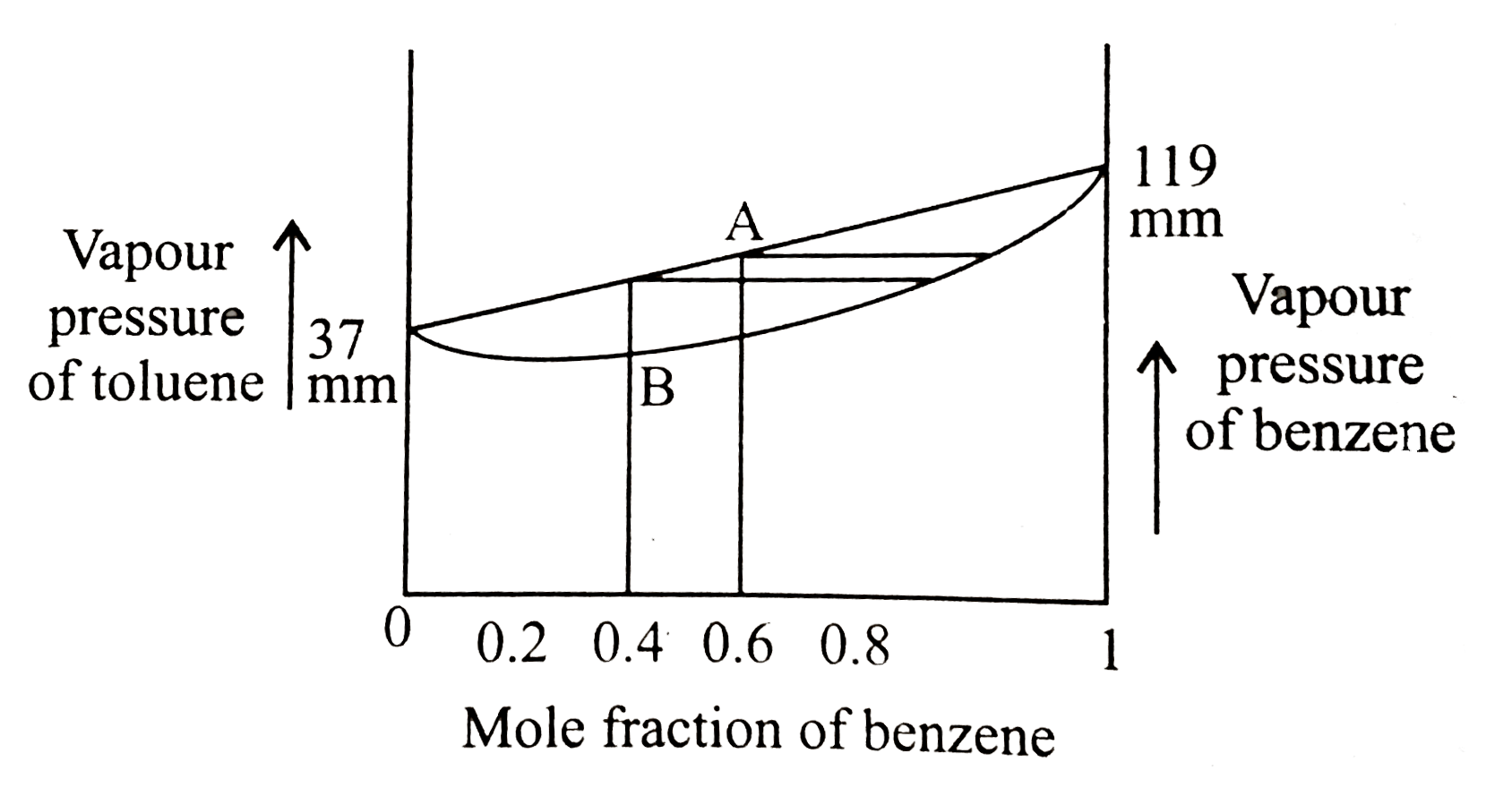Complete Solutions to Exercises (Multiple Correct) of chapter SOLUTIONS of Class 12 book with complete answers and questions
| Class 12 | CHEMISTRY |
| Chapter | SOLUTIONS |
| CENGAGE CHEMISTRY | Exercises (Multiple Correct) |
| Number Of Questions | 25 |
| Academic Year | 2023-24 |
Two miscible liquids `A` and `B` having vapour pressure in pure state `P_(A)^(@)` and `P_(B)^(@)` are mixed in mole fraction `chi_(A)` and `chi_(B)` to get a mixtue having total vapour vapour pressure of mixture `P_(M)`. Which of the following relations are correct?
03:37View SolutionA mixture of two immiscible liquids `A` and `B`, having vapour pressure in pure state obeys the following relationship if `chi_(A)` and `chi_(B)` are mole fractions of `A` and `B` in vapour phase over the solution
03:39View SolutionWhich relations are not correct for an aqueous dilute solution of `K_(3)PO_(4)` if its degree of dissociation is `alpha`?
07:03View SolutionOsmotic pressure of a solution is
02:32View SolutionWhich of the following is/are ture?
08:32View SolutionWhich of the following statements is/are correct?
04:31View SolutionFor a non-volatile solute
01:50View SolutionTo `10 mL` of `1 M BaCl_(2)` solution `5mL` of `0.5 M K_(2)SO_(4)` is added. `BaSO_(4)` is precipitated out. What will happen?
03:05View SolutionA difference between diffusion and osmosis is
02:09View Solution1 mol benzene `(P^(@)_("benzene")=42 mm)` and 2 mol toluence `(P^(@)_("toluene")=36 mm)` will have
03:02View SolutionWhich of the following statements is/are correct?
05:05View SolutionConsider the two solutions:
I: `0.5 M NaCl` aqueous solution at `25^(@)C`,
`NaCl` is complete ionized.
II:`2.0 M C_(6)H_(5)COOH` in benzene at `25^(@)C`,
`C_(6)H_(5)COOH` dimerizes to the full extent.
Which of the following statements(s) is (are) correct?04:21View SolutionWhich pair(s) of liquids on mixing is/are expected to show no net volume change and no heat effect?
02:57View SolutionThe following is a graph plotted between the vapour pressure of two volatile liquids against their respective mole fractions. Which of the following statements is/are correct?
 03:20View Solution
03:20View SolutionConsider the following solutions:
I.1 M sucrose , II. 1 M KCl
III.1 M benzoic acid in benzene
IV.`1 M (NH_(3))_(3)PO_(4)`
Which of the following is/are true?05:05View SolutionThe osmotic pressure of a solution depends on
01:19View Solution`1.2575 g` sample of `[Cr(NH_(3))_(6)]SO_(4)Cl(Mw=251.5)` is dissolved to prepare `250 mL` solution showing an osmotic pressure of `1.478 atm` of `Hg` at `27^(@)C`. Which of the following statements is/are correct about this solution?
06:08View Solution`2 L ` of `1 molal` solution of a complex salt `CrCl_(3).6H_(2)O (Mw=266.5)` shows an osmotic pressure of `98.52 atm`. The solution is now treated with `1 L` of `6 M AgNO_(3)`, which of the following are correct?
08:23View SolutionWhich of the following combinations are correct for a binary solution, in which the solute as well as solvent are liquid?
06:50View SolutionEffect of adding a non-volatie solute to a solvent is"
04:39View SolutionWhich of the following forms is an ideal solution?
03:08View SolutionFor a given value of degree of dissociation, which of the following have correct Van't Hoff factor?
02:36View SolutionChoose the correct option:
 View Solution
View SolutionWhen acetone and chloroform are mixed, hydrogen bonding takes place between them. Such a liquid pair will cause
02:00View SolutionA maxima or minima is obtained in the temperature. The composition curve of a mixture of two liquids does not indicate
View Solution
Exercises (Multiple Correct) questions and complete solutions for chapter SOLUTIONS of CENGAGE CHEMISTRY (HINGLISH) of Class 12
All Exercises from CENGAGE CHEMISTRY Class 12 CHEMISTRY SOLUTIONS
- Ex 2.1 (Objective)
- Ex 2.2 (Objective)
- Ex 2.3 (Objective)
- Exercise (Assertion-Reasoning)
- Exercise (Interger)
- Exercise (True/False)
- Exercise(Fill In The Blanks)
- Exercises (Linked Comprehension)
- Exercises (Multiple Correct)
- Exercises (Single Correct)
- Exercises Archives (Fill In The Blanks)
- Exercises Archives (Integer)
- Exercises Archives (Linked Comprehension)
- Exercises Archives (Multiple Correct)
- Exercises Archives (Subjective)
- Illustration
- Solved Examples
